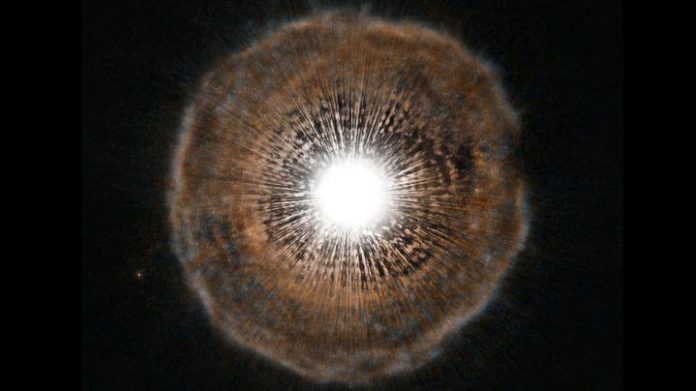
Astrophysicists have argued for ten years about the speed of the universe expanding – now, a study by Wendy Freedman at the University of Chicago finds that the standard model could be close to the truth
For ten years, scientists have been divided on the expanding universe debate.
They’ve been debating the Hubble constant, which is the measurement of how fast the universe is expanding right now. The academic feud is aptly and fondly described as the Hubble tension.
Scientists want to pin down this number precisely, because the Hubble constant is tied to the age of the universe and how it evolved over time. It would explain nuanced truths about life on Earth, and the relationships between potentially life-having exoplanets.
One group advocates that the difference in the number of the Hubble constant is significant – maybe signifying a changing speed to universal expansion. This would mean that measurements taken before need new, undiscovered rules of the universe to explain them. This camp of belief leads to a path of new science, mysterious laws that are yet to be found to explain the discrepancies in number.
And the opposing group simply thinks the outlying measurements of the expanding universe could be due to errors, which would simply confirm the existing standard model of the universe.
However, new data analysis by Professor Freedman suggests that the standard model is roughly correct. The measurements that were outliers, creating curiosity, can now be explained away by recent observations.
‘This is a good way of measuring the distance’, says Freedman
Wendy Freedman, an astronomer and the John and Marion Sullivan University Professor in Astronomy and Astrophysics at the University of Chicago, made some of the original measurements of the expansion rate – which were higher than expected.
Now, Professor Freedman gives an overview of the most recent observations with a fresh conclusion: the gap is closing.
“There are now four independent ways of calibrating the red giant luminosities, and they agree to within 1% of each other,” said Freedman.
“That indicates to us this is a really good way of measuring the distance.
“I really wanted to look carefully at both the Cepheids and red giants. I know their strengths and weaknesses well. I have come to the conclusion that that we do not require fundamental new physics to explain the differences in the local and distant expansion rates. The new red giant data show that they are consistent.”
So why was the data off in the first place?
Professor Freedman believes that the stars which contributed to the outlying numbers are to blame. The expanding universe debate may now come to stop – but there is still more to discover. She further commented: “The Cepheid stars have always been a little noisier and a little more complicated to fully understand; they are young stars in the active star-forming regions of galaxies, and that means there’s potential for things like dust or contamination from other stars to throw off your measurements.
“That’s the way science proceeds. You kick the tires to see if something deflates, and so far, no flat tires.”










